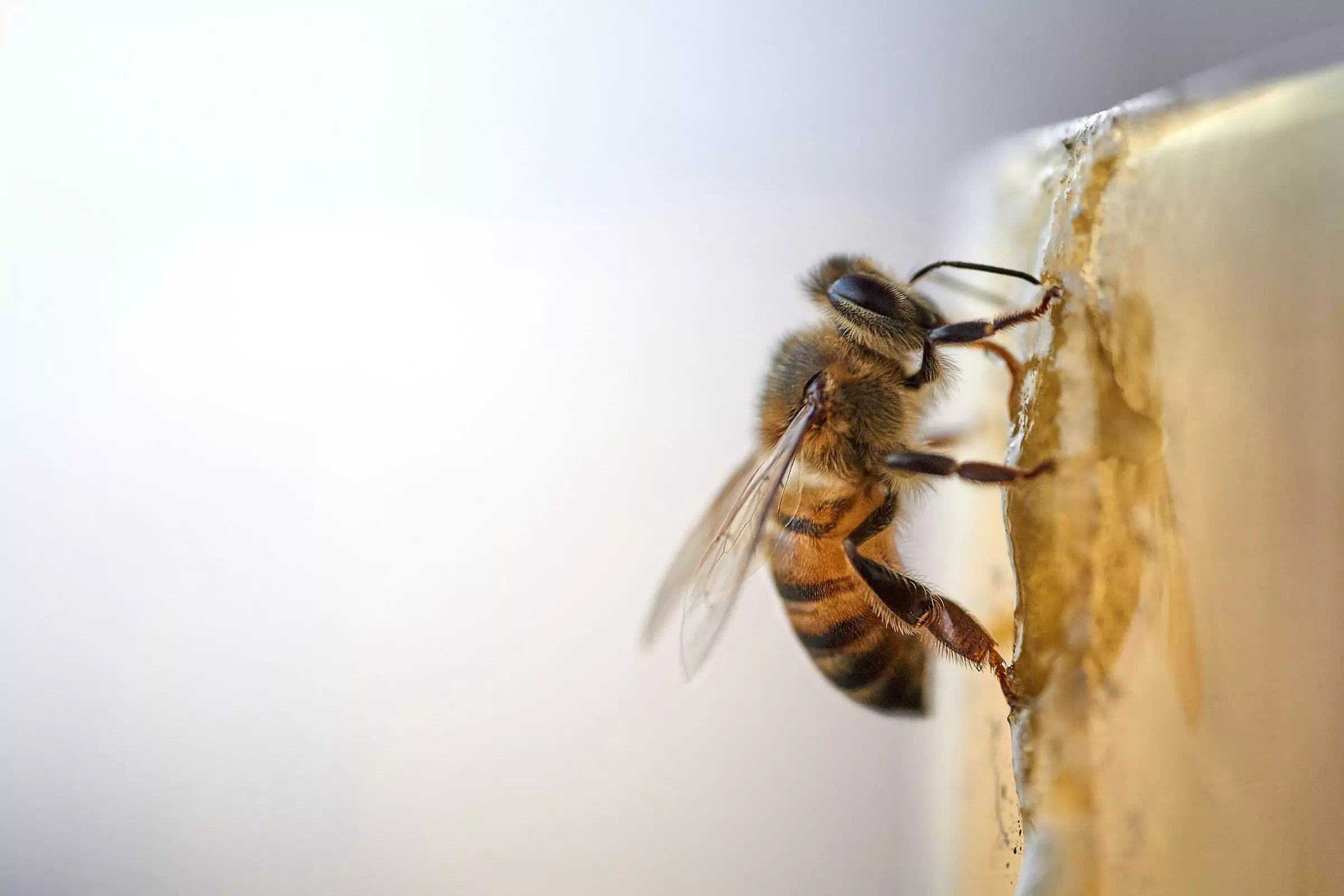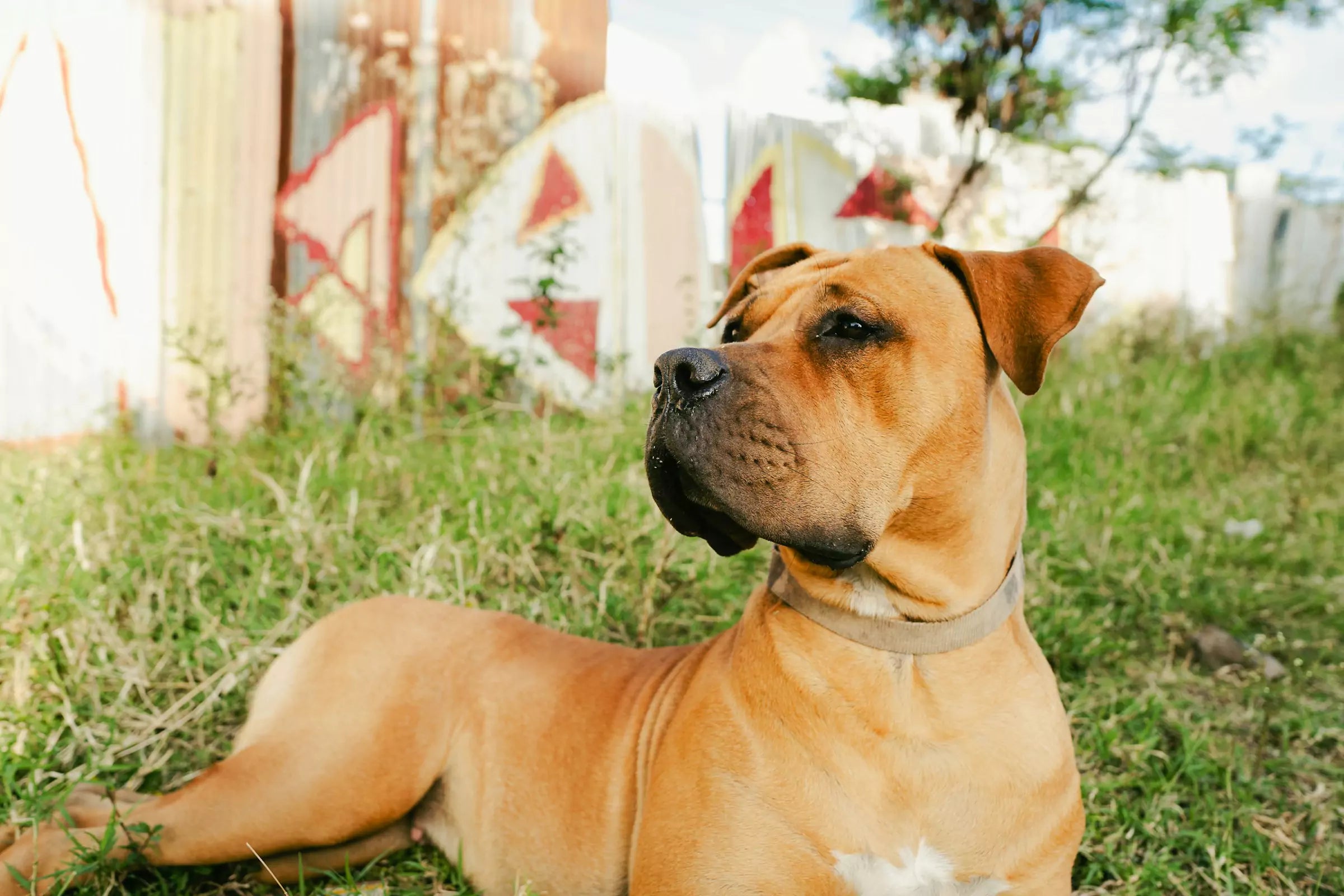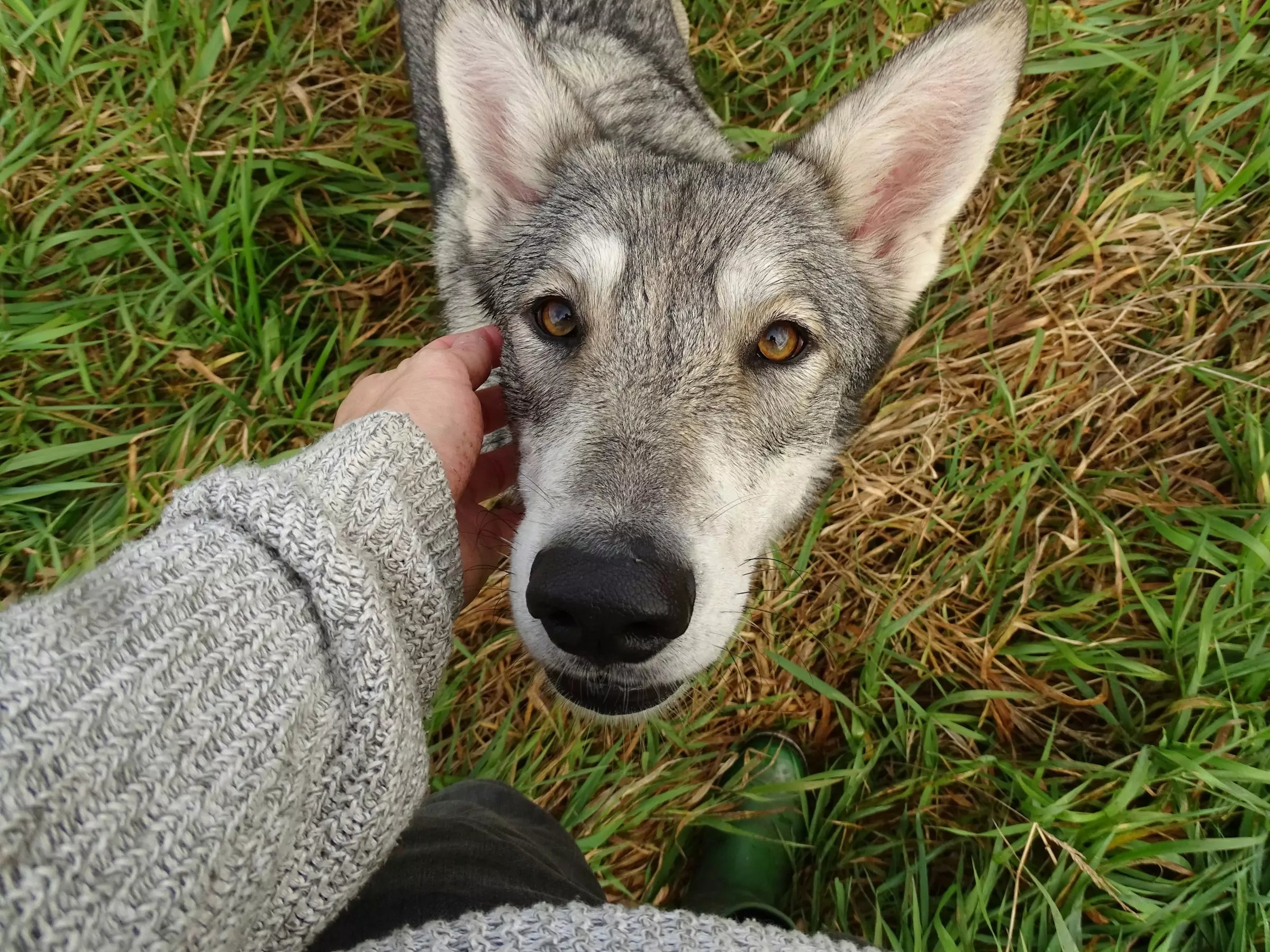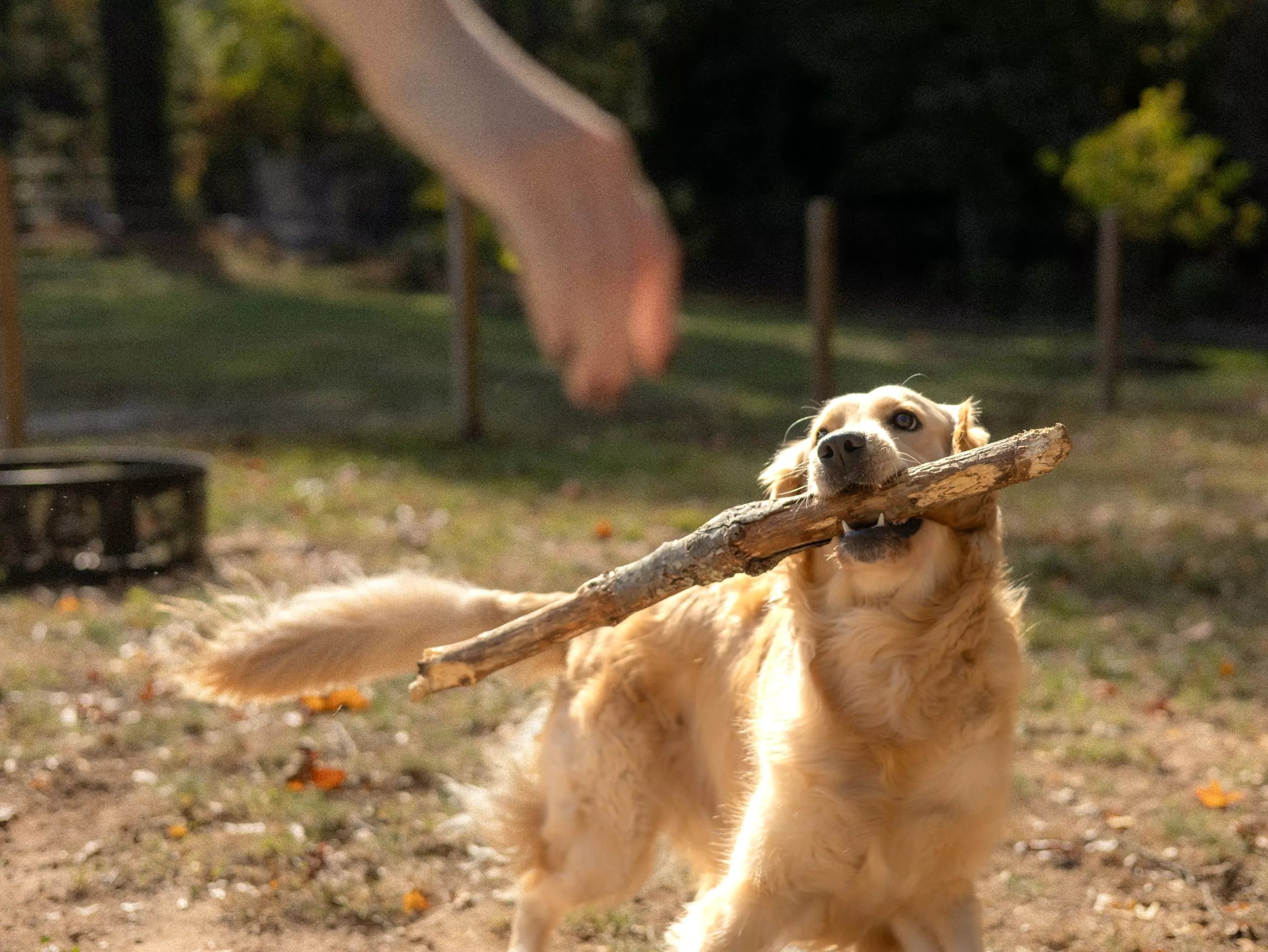Jump to Section
Recognising the Signs of a Sting
Dogs are naturally curious, and their noses, paws, or mouths are the most common targets for bee and wasp stings. Signs to look out for include:
- Sudden yelping or pawing at the face or body
- Swelling at the sting site
- Redness or raised bumps
- Excessive licking of the affected area
More severe symptoms — such as vomiting, difficulty breathing, drooling, or collapse — could indicate an allergic reaction and require urgent veterinary attention.
Immediate First Aid for Bee or Wasp Stings
Fast, calm action can help reduce your dog’s discomfort and prevent complications:
- Remove the stinger if visible (bee stings only). Use the edge of a credit card to gently scrape it out — avoid tweezers, which can squeeze more venom in.
- Apply a cold compress. Wrap ice in a cloth and apply to the area for 5–10 minutes to reduce swelling.
- Neutralise the venom. For bee stings, dab the area with a paste of bicarbonate of soda and water. For wasp stings, use diluted vinegar or lemon juice.
- Monitor closely. Watch for any signs of a worsening reaction over the next few hours.
When to Call the Vet
Always contact your vet immediately if:
- Your dog shows signs of an allergic reaction — such as swelling around the mouth/eyes, difficulty breathing, or collapse
- The sting is inside the mouth or throat
- Your dog is stung multiple times
- The swelling doesn’t go down after a few hours
In severe allergic cases, vets may administer antihistamines, corticosteroids, or epinephrine to prevent anaphylaxis.
Preventing Future Stings
While you can’t completely protect your dog from nature, you can reduce the risks:
- Keep your dog away from flowering plants with heavy bee or wasp activity
- Cover bins securely to avoid attracting wasps
- Supervise your dog in gardens or parks during peak insect activity
For dogs who have had severe reactions in the past, speak to your vet about carrying an emergency antihistamine or epinephrine auto-injector when out and about.
FAQs
How long does swelling last after a sting?
Mild swelling typically goes down within a few hours, but it may last up to 24 hours. Persistent or worsening swelling should be checked by a vet.
Can dogs be allergic to bee or wasp stings?
Yes. Some dogs have severe allergic reactions that can be life-threatening. Immediate veterinary care is essential if you notice breathing difficulties, collapse, or extreme swelling.
Is it safe to give my dog antihistamines at home?
Only under veterinary guidance. The wrong dose can be harmful, so always check with your vet before giving any medication.
Do wasp stings hurt more than bee stings?
Wasp stings can be more painful because they inject venom without leaving a stinger, meaning they can sting multiple times.














Share:
Can I Increase My Dog's Intelligence?
How to Spot Early Signs of Arthritis in Your Dog